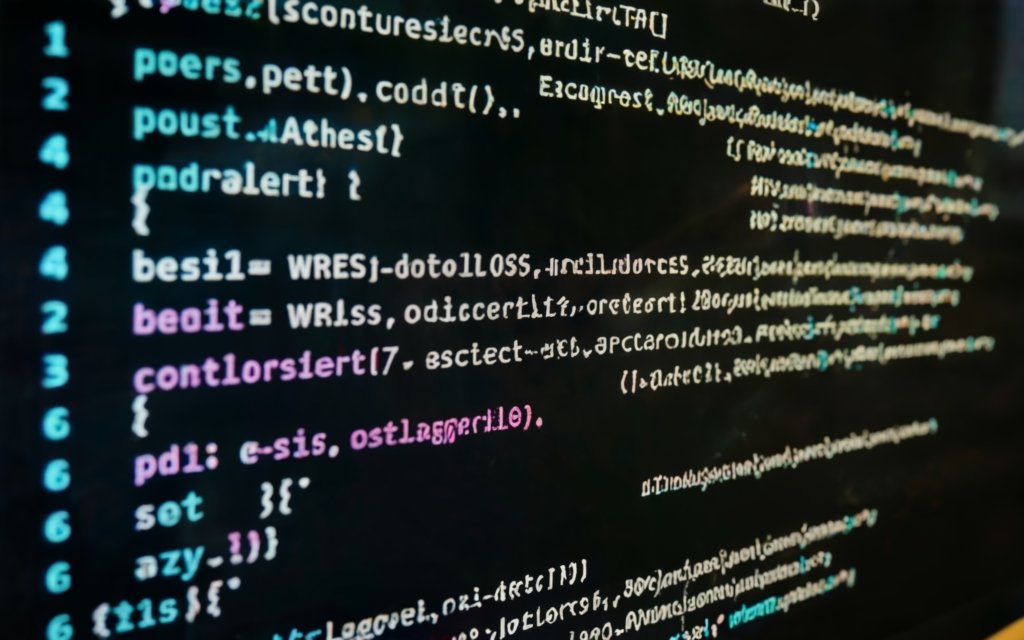
C program for swap two numbers
Swapping two numbers is a fundamental operation in many programming tasks. While seemingly simple, understanding the different approaches and their implications can enhance your C programming skills. This guide delves deep into swapping two numbers in C, exploring various methods with detailed explanations and code examples.
The Challenge: Storing and Exchanging Values
Imagine two variables, a and b, holding initial values. Our goal is to switch their values, making a hold the initial value of b and vice versa. The challenge lies in manipulating stored data efficiently and avoiding unintended consequences.
Method 1: Using a Temporary Variable
This classic approach introduces a third variable, temp, to act as a temporary storage space. Here’s how it works:
C
// Initial values
int a = 10, b = 20;
// Step 1: Store a's value in temp
int temp = a;
// Step 2: Assign b's value to a
a = b;
// Step 3: Assign temp (a's initial value) to b
b = temp;
// Final values
a = 20, b = 10;
This method is straightforward and easy to understand. However, it requires additional memory for the temp variable, which can be a concern for resource-constrained environments.
Method 2: Utilizing Arithmetic Operations
C’s arithmetic operators can be surprisingly handy for swapping. Here’s a clever technique:
C
// Initial values
int a = 10, b = 20;
// Step 1: Add a and b to a
a = a + b;
// Step 2: Subtract b from a (extracting b's initial value)
a = a - b;
// Step 3: Subtract a from b (extracting a's initial value)
b = b - a;
// Final values
a = 20, b = 10;
This method avoids a temporary variable by manipulating values through a series of additions and subtractions. It’s efficient in terms of memory but requires careful analysis to understand the intermediate stages.
Method 3: Bitwise XOR Approach
C’s bitwise XOR (^) operator offers another intriguing method for swapping. Here’s the magic:
C
// Initial values
int a = 10, b = 20;
// Step 1: Perform XOR on a and b
a ^= b;
// Step 2: Perform XOR on a and b again
b ^= a;
// Step 3: Perform XOR on a and b again (restores initial values)
a ^= b;
// Final values
a = 20, b = 10;
This method leverages the XOR property where a ^ a equals 0. It iteratively XORs a and b, effectively swapping their bit patterns and achieving the desired exchange. While concise and memory-efficient, it requires understanding bitwise operations for accurate interpretation.
Choosing the Right Method
The best method for swapping numbers depends on various factors:
- Clarity and Ease of Understanding: The temporary variable approach is the most intuitive for beginners.
- Memory Efficiency: The arithmetic and bitwise methods avoid an additional variable, minimizing memory usage.
- Performance: In most cases, the performance differences between methods are negligible.
Ultimately, the choice rests on your specific needs and priorities. Consider both efficiency and understanding when selecting the appropriate method for your project.
Beyond Swapping: Advanced Techniques
Swapping opens doors to exploring more advanced C concepts:
- Function Pointers: Define a swap function that operates on pointers to variables, enabling generic swapping functionalities.
- Macros: Create a macro for swapping, enhancing code conciseness and reusability.
- Structures and Unions: Apply swapping techniques to complex data structures like structures and unions.
As you progress in your C journey, dive deeper into these advanced applications to master data manipulation and unlock the full potential of swapping.
Conclusion
Swapping numbers in C, though seemingly simple, involves various approaches with distinct advantages and considerations. This guide equips you with the knowledge and understanding to choose the right method for your specific needs. Remember, C programming is a continuous learning process, so explore further and experiment with advanced techniques to refine your skills and tackle more complex data manipulation challenges.




